The construction of a battery swapping station system is expected to be the solution to users' concerns about electric motorbikes, when charging batteries at boarding houses or apartments is still inconvenient, along with concerns about limited travel distance. This is also a model that has proven effective in many countries, typically China.
In the Vietnamese market, developing a battery swap network is considered a challenging step, even a "gamble" for car manufacturers, because the rate of users switching from gasoline to electric cars has not exploded.
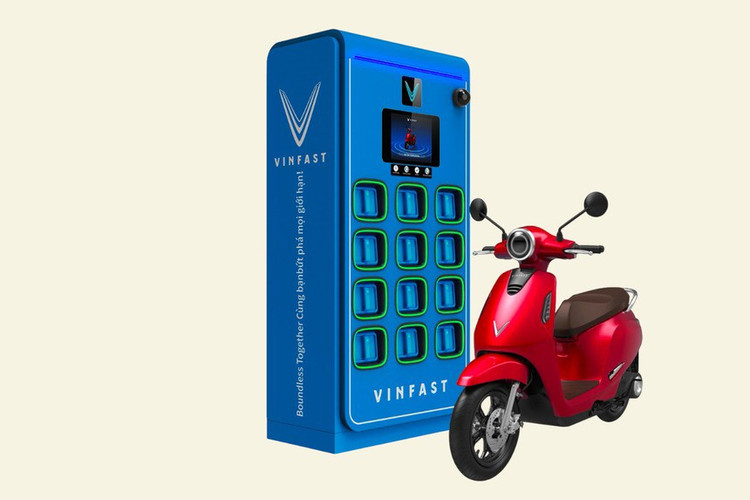
However, with the policy trend increasingly supporting green vehicles, battery swapping stations are expected to become an important factor, determining competition and market share in the electric motorbike industry.
Notably, VinFast has recently announced plans to strongly participate in this trend. The company will introduce a line of electric motorbikes that support battery swapping, and put into operation the first 1,000 battery swapping stations from October. The goal this year is to expand to 50,000 stations, before moving towards 150,000 stations covering the whole country, clearly demonstrating its ambition to lead the market.
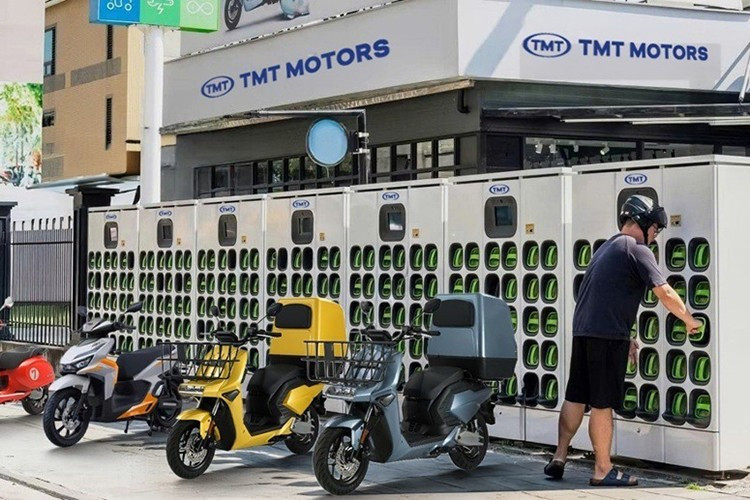
VinFast's battery-swapped vehicles will have a design and equipment similar to current models, with the only difference being the structure of the storage compartment. The batteries are arranged in a removable form, with two separate compartments. Each 1.5kWh battery can help the vehicle travel up to 85 km in ideal conditions.
Users can choose to rent a battery for VND200,000/month and pay an additional fee of VND9,000 each time they change the battery at the station. The total cost of use, according to the company's calculations, will be equivalent to or lower than that of a gasoline vehicle, especially for customers who travel frequently.
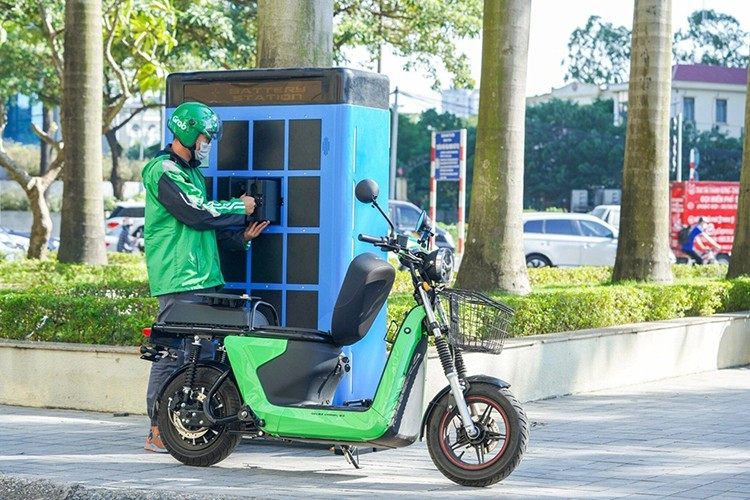
Not only VinFast, TMT Motors also announced plans to enter the electric motorbike sector. According to information from the end of July, TMT plans to launch 5 electric vehicle models in the fourth quarter of this year, while developing a system of public charging and battery swapping stations.
However, unlike VinFast, TMT’s specific implementation plan has not been disclosed. The number of stations, costs, and locations are still unclear, but each station is expected to be equipped with 5 to 72 batteries.
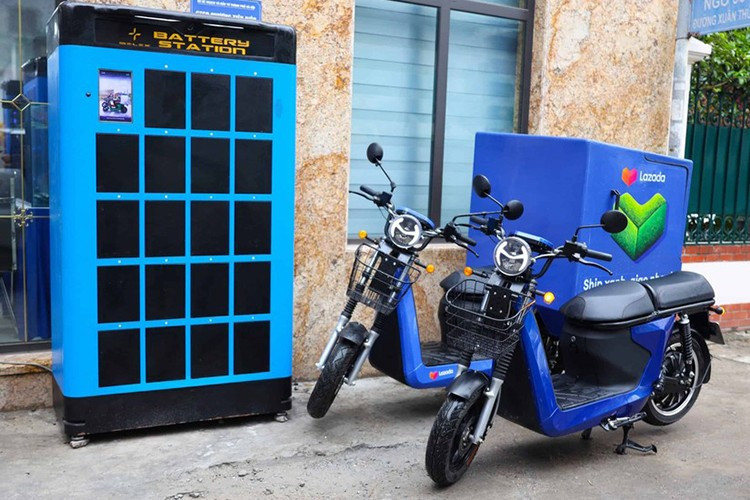
This is also the first time TMT has entered the electric motorbike segment, after expanding into passenger cars with a number of products such as Wuling Mini EV, Bingo and the upcoming Nano S05 - a two-seat electric car model.
Meanwhile, Honda Vietnam has also tested the battery swap model, applied to the CUV e: electric vehicle model. However, instead of investing in building a public station system, the company took advantage of the HEAD network (authorized dealers) to deploy this service.
In fact, this solution still has many limitations. After launching in April, it was not until the end of August that HEADs had batteries for customers to exchange. The number of batteries is currently not abundant, forcing customers who want to use the service to contact in advance to check the battery status.

One of the pioneers in deploying battery swapping stations in Vietnam is Selex Motor. Although this brand is not yet prominent in the market due to its limited vehicle models, it has invested early in battery infrastructure since 2023. Selex focuses on serving professional customers such as technology drivers and freight forwarders.
Currently, Selex has about 90 battery swapping stations located in major cities such as Hanoi, Ho Chi Minh City and Da Nang. This is considered an important foundation, helping the company create its own position in a specific segment, although it cannot compete directly with other "big guys".
Source: https://khoahocdoisong.vn/tram-doi-pin-cuoc-dua-moi-giua-cac-hang-xe-may-dien-viet-nam-post2149048060.html




![[Photo] General Secretary To Lam attends the 80th anniversary of Vietnam's diplomacy](https://vphoto.vietnam.vn/thumb/1200x675/vietnam/resource/IMAGE/2025/8/25/3dc715efdbf74937b6fe8072bac5cb30)










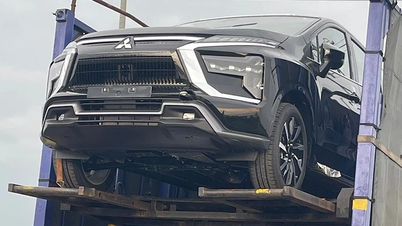








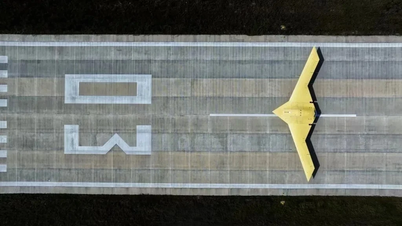
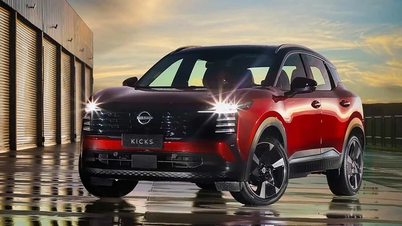
































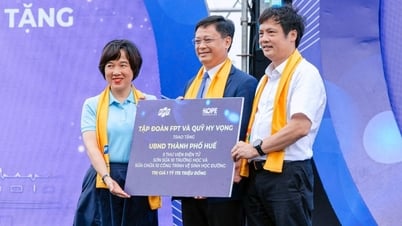








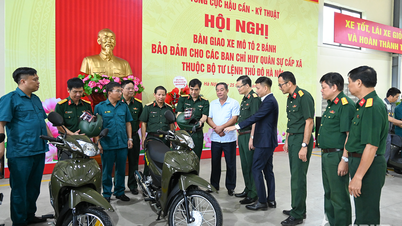
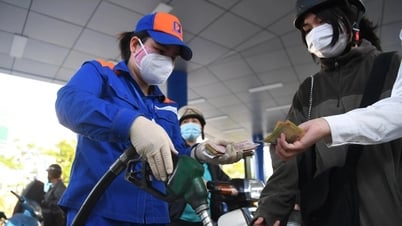











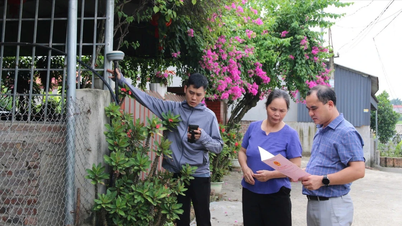

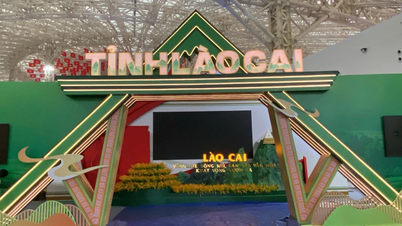







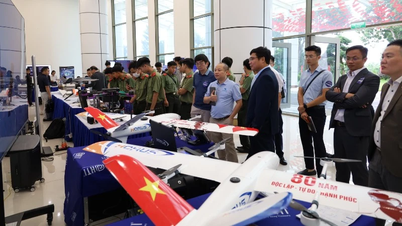


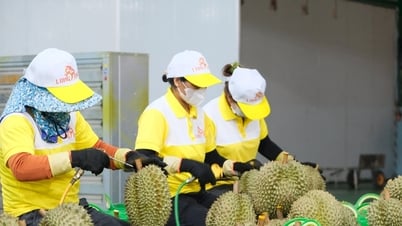






Comment (0)